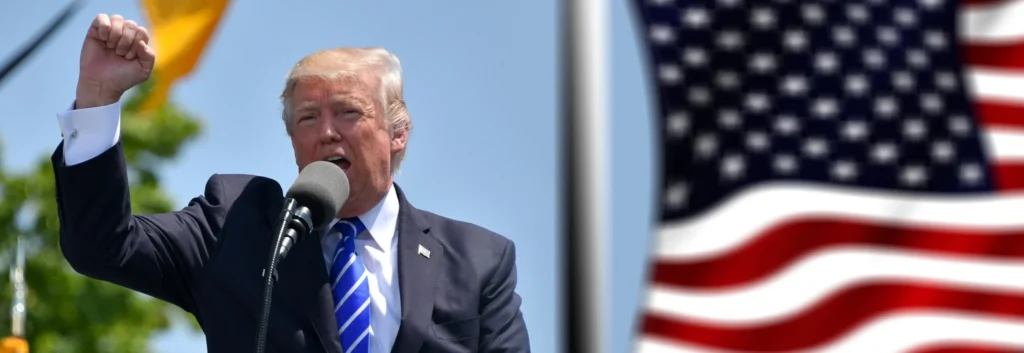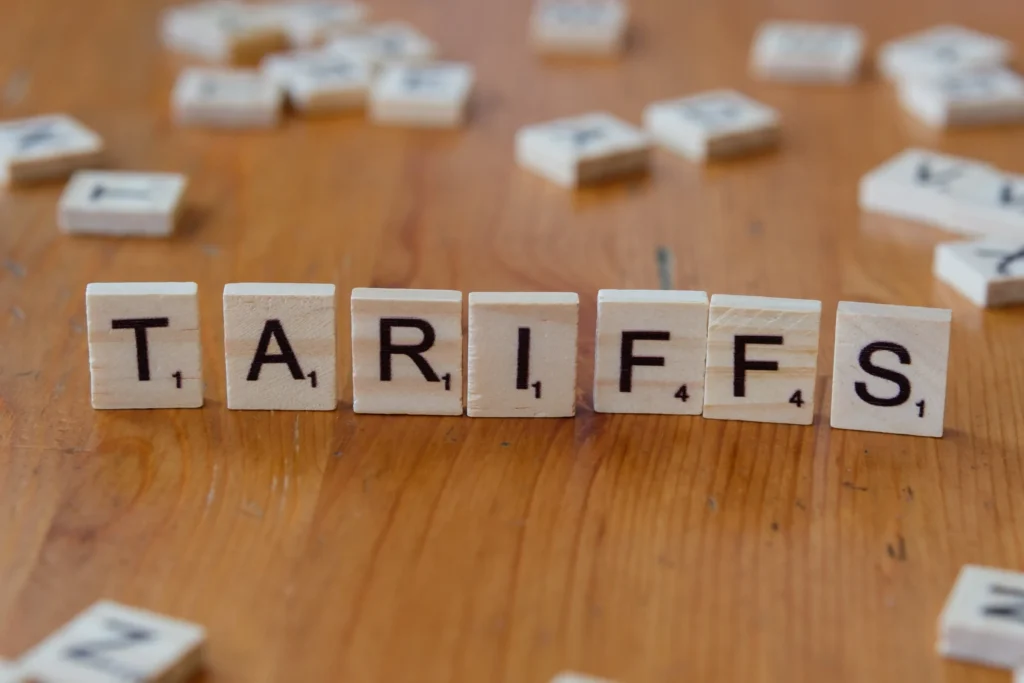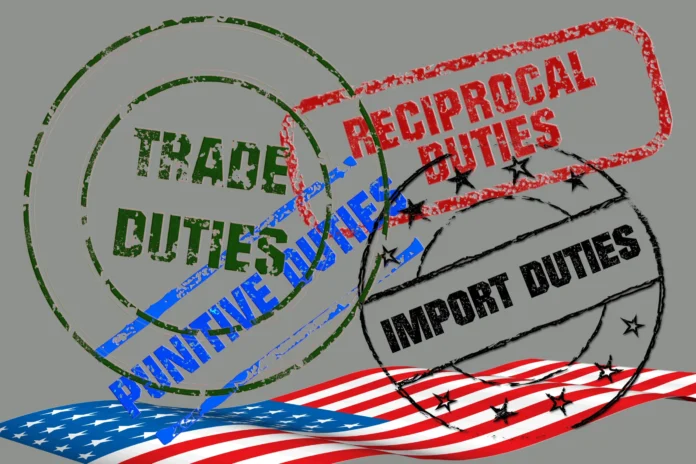What Are Reciprocal Tariffs?
Reciprocal tariffs are trade policies that match the import taxes other countries impose on U.S. goods. If a country places a 20% tariff on American cars, the U.S. responds by imposing a 20% tariff on that country’s car exports.
This trade strategy aims to ensure fair and balanced trade relations, encouraging countries to reduce trade barriers and play by the same rules. For years, U.S. policymakers have argued that American businesses face higher tariffs abroad while the U.S. offers easier market access — something reciprocal tariffs aim to correct.
Why Is the U.S. Implementing Reciprocal Tariffs?
The U.S. has adopted this strategy to address trade imbalances, especially with major partners like China, the European Union, and India. Many of these countries impose higher tariffs on American goods than the U.S. does on theirs. This has contributed to a persistent U.S. trade deficit, which some view as a sign of unfair trade practices.
The goal is clear: level the playing field. If trading partners want access to the American market, they must offer U.S. goods the same fair treatment. This approach aligns with a broader push for economic nationalism and trade equity.
Key Benefits of Reciprocal Tariffs
Here are some advantages often highlighted by policymakers and industry leaders:
- 🔧 Protecting U.S. manufacturing: Encourages the revival of industries affected by cheaper imports.
- 💼 Supporting American jobs: A more level trade environment may help boost employment in sectors like steel, automotive, and agriculture.
- 📊 Balancing trade relationships: Encourages foreign governments to reduce their tariffs to avoid retaliation.
- 💬 Creating leverage in trade negotiations: Makes the U.S. a stronger negotiator in deals like the USMCA or trade agreements with Asia and Europe.
Challenges and Criticism of Reciprocal Tariffs
While the idea sounds fair in theory, reciprocal tariffs come with risks and potential downsides:
1. Higher Prices for Consumers
Tariffs often lead to increased prices for imported goods. If the U.S. raises tariffs, retailers may pass those costs onto consumers.
2. Supply Chain Disruptions
Many American companies rely on global supply chains. Tariffs on imported parts or materials could make U.S. products more expensive or harder to produce.
3. Retaliatory Measures
Other countries might not back down — they might retaliate with their own tariffs, harming American exporters, especially farmers and tech companies.
4. Strain on International Trade Relations
This policy risks straining relationships with allies and could weaken the role of global institutions like the World Trade Organization (WTO).

Reciprocal Tariffs in Action: Real-World Examples
The U.S. has already used reciprocal-style tariffs in several high-profile trade disputes:
- China Trade War: Tariffs were used to pressure China into the “Phase One” deal, aimed at increasing Chinese purchases of U.S. goods.
- Steel & Aluminum Tariffs: These were imposed during negotiations with Canada and Mexico and helped push through the USMCA.
- EU Disputes: Tariffs have been used as leverage in disputes over aircraft subsidies and digital services taxes.
What Does This Mean for U.S. Businesses?
Whether you’re a small business owner, manufacturer, or tech exporter, the impact of reciprocal tariffs depends on your industry and market exposure.
✅ Winners:
- Domestic manufacturers that compete with cheap imports
- Companies focused on U.S.-based production and supply chains
- Some labor-intensive industries
❌ Potential Losers:
- Exporters who face retaliation abroad
- Businesses dependent on foreign parts or raw materials
- Global retailers and e-commerce platforms
Understanding these dynamics can help businesses adapt to changing trade policies and prepare for shifts in cost, supply, and demand.

Legal and Policy Considerations
The U.S. must tread carefully to stay within WTO rules, which discourage arbitrary or unilateral tariff hikes. However, legal exceptions (such as for national security or retaliatory action) give some room for maneuver.
There’s growing support in Congress for giving the executive branch more authority to impose reciprocal tariffs quickly and efficiently, especially when trade imbalances are clear.
What’s Next for U.S. Trade Policy?
The future of reciprocal tariffs depends on:
- 📈 Economic performance: If the policy boosts U.S. jobs and exports, it may gain further support.
- 🌐 Global cooperation: Some countries may lower their tariffs to avoid U.S. retaliation.
- 🗳️ Political will: Future administrations may expand, adjust, or reverse course based on economic outcomes and diplomatic relations.
As trade becomes increasingly central to global politics, the U.S. will likely continue using tariffs as both a shield and a sword — protecting domestic industries while gaining leverage abroad.
Final Thoughts
The U.S. decision on reciprocal tariffs reflects a fundamental shift toward fair trade enforcement and national economic strategy. While the policy brings potential benefits like boosting domestic manufacturing and encouraging better trade terms, it also carries risks — from consumer price hikes to international disputes.
As the world watches how this policy plays out, businesses, consumers, and policymakers must stay informed and adaptable. Whether you’re in agriculture, tech, or retail, understanding the landscape of U.S. trade policy is more important than ever.



